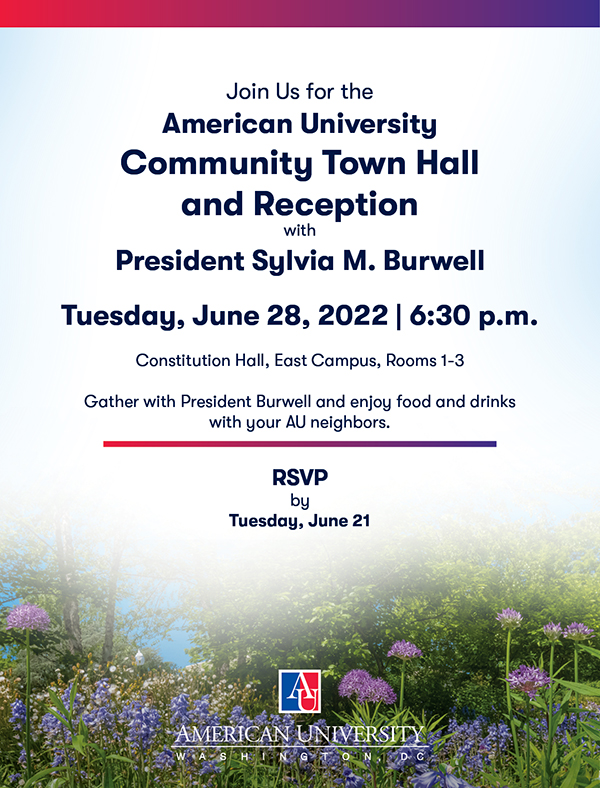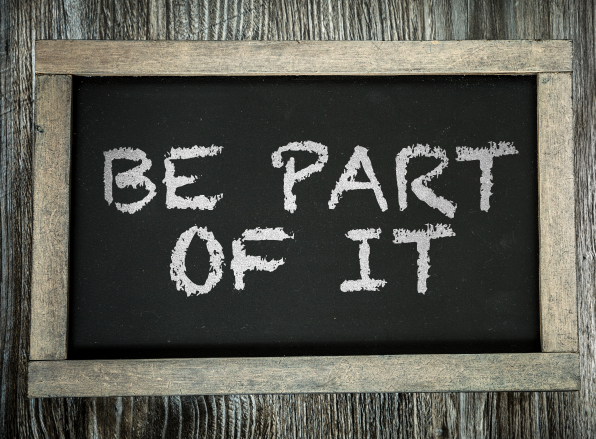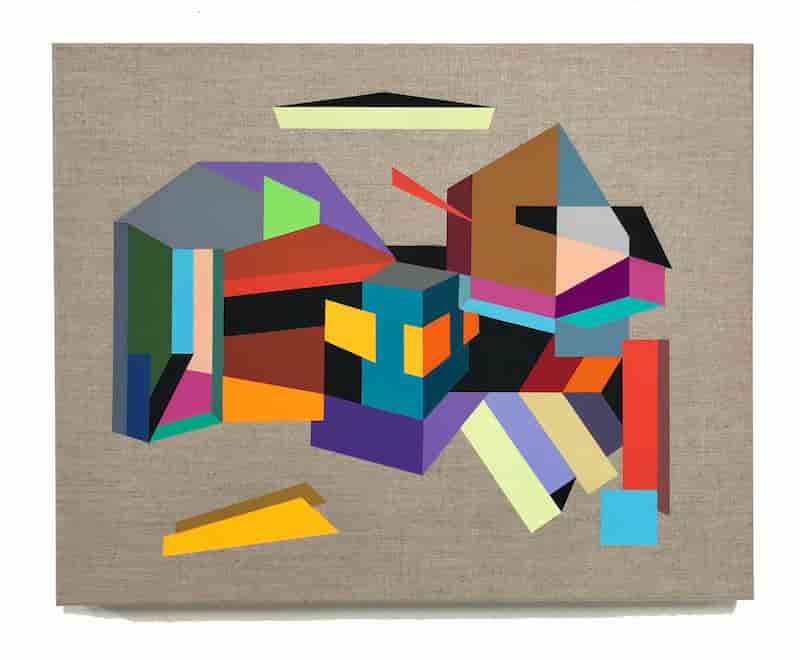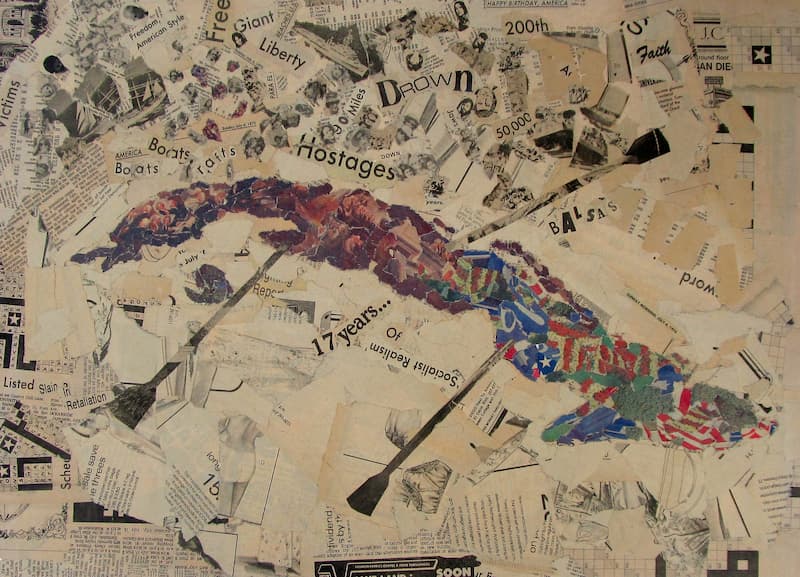You are here: American University Community Relations Newsletter June 2022 Neighborhood Newsletter

AU in the Neighborhood
June 2022

Contact Us
In This Issue
Annual Town Hall and Reception with President Sylvia Burwell

American University invites neighbors to its annual Town Hall meeting and reception with President Sylvia Burwell on Tuesday, June 28.
The Town Hall will begin at 6:30 p.m. in Rooms 1-3 of Constitution Hall on AU's East Campus and are open to the entire community.
Parking for the event will be available in the East Campus surface parking lot, accessible from Nebraska Avenue.
Please RSVP HERE by June 21st.
If you have any questions or need more information, please contact Maria Barry at communityrelations@american.edu or 202-885-2146.
Join AU Neighborhood Partnership

Please consider joining the AU Neighborhood Partnership which works to provide a consensus-based forum to resolve issues affecting the communities near American University. Interested members of the community may join one of the Partnership’s five standing working groups, comprising community stakeholders and AU leadership.
If you would like to become a member of a working group, please email communityrelations@american.edu. As always, visit American.edu/communityrelations for more information.
AU Museum Summer Exhibits Open June 11

Summer exhibitions will open Jun. 11 in the American University Museum at the Katzen Arts Center and be on display through Aug. 7. The opening reception takes place from 6 to 9 p.m., June 11, with a gallery talk by curator Keith Morrison at 5 p.m. Please refer to the museum’s website for the most up-to-date information on visiting the museum.
The Quest for Tranquil Space: Paintings and Photograms marks Czech Republic artist Josef Achrer’s U.S. debut, in an exhibit that contains several works made specifically with the unique gallery space of American University Museum in mind. The exhibit also coincides with the Czech Republic’s presidency of the Council of the European Union, which begins July 1.
Achrer’s exhibition is comprised of large photograms and vivid colored acrylic paintings. The motifs of the paintings are mostly landscapes, in combination with abstract geometry, describing the stories of people seeking peace, quiet and tranquility amidst information overload. Achrer describes photograms as an old photo technique.
“They are analog paintings with light. Photograms have always converted a three-dimensional world into a two-dimensional picture of light and shadow. However, I actually use them in the opposite way. I transform 2D into an illusionary 3D world,” he said. “The format of my photograms is very untraditional, atypical, because photograms tend to be small scale, while these are huge. I use the largest photo paper available in the world to create my vision. On this enormous paper, I spray paint, sprinkle dust swept from the floor of my studio, use tendrils of hair, and various stencils to create a picture of my reality.”
The works assembled form a unique collection as most of them have not been viewed outside of Prague or at all. Achrer visited the museum and created several works for the space and light of the museum. The exhibition is sponsored in part by the Embassy of the Czech Republic and Galerie Zdeněk Sklenář in Prague.
The Quest for Tranquil Space: Paintings and Photograms marks Czech Republic artist Josef Achrer’s U.S. debut, in an exhibit that contains several works made specifically with the unique gallery space of American University Museum in mind. The exhibit also coincides with the Czech Republic’s presidency of the Council of the European Union, which begins July 1.
Achrer’s exhibition is comprised of large photograms and vivid colored acrylic paintings. The motifs of the paintings are mostly landscapes, in combination with abstract geometry, describing the stories of people seeking peace, quiet and tranquility amidst information overload. Achrer describes photograms as an old photo technique.
“They are analog paintings with light. Photograms have always converted a three-dimensional world into a two-dimensional picture of light and shadow. However, I actually use them in the opposite way. I transform 2D into an illusionary 3D world,” he said. “The format of my photograms is very untraditional, atypical, because photograms tend to be small scale, while these are huge. I use the largest photo paper available in the world to create my vision. On this enormous paper, I spray paint, sprinkle dust swept from the floor of my studio, use tendrils of hair, and various stencils to create a picture of my reality.”
The works assembled form a unique collection as most of them have not been viewed outside of Prague or at all. Achrer visited the museum and created several works for the space and light of the museum. The exhibition is sponsored in part by the Embassy of the Czech Republic and Galerie Zdeněk Sklenář in Prague.
 Burial Grounds 2020. Photocollage by Gail Rebhan.
Burial Grounds 2020. Photocollage by Gail Rebhan.
The Bridge that Carried Us Over explores the mechanisms by which the transfer of intergenerational wealth, land, and historical memory have been denied to the African diaspora in the United States. It offers an in-depth look at the historic Black River Road community, which thrived two miles from American University from emancipation through its violent displacement in the mid-20th century. The exhibition combines archival images and research—on neighborhood slaveholding estates, the free River Road community, and the Bethesda African Cemetery Coalition’s ongoing struggle to protect the community’s desecrated burial ground—with community heirlooms, firsthand oral histories, and funerary objects rescued from the Moses African Cemetery.
The exhibit is a follow up to an exhibit in 2019 about the community and its history, Plans to Prosper You: Reflections of Black Resistance and Resilience in Montgomery County’s Potomac River Valley, which offered “a space of learning and meditation that highlights the Black history of Montgomery County and western Washington, D.C., and [paid] homage to the communities who championed fights against racial discrimination through faith, family and fellowship.” Presented by the AU Museum Project Space.
Caribbean Transitions explores the character, complexity and originality of art by Caribbean American artists as they expand the art of the North American continent. It features the work of 20 artists who are painters, printmakers, photographers, video makers, and installation and performance artists. Their backgrounds reflect the diversity of experiences of those with ties to the Caribbean: many were born in the Caribbean and migrated to the United States; some were born in the United States to parents who hailed from the Caribbean; others live in the Caribbean and exhibit their art worldwide. Their histories come from Cuba, Curacao, Dominican Republic, Haiti, Jamaica, Puerto Rico, Trinidad and the U.S. These artists reveal unique relationships between the Caribbean and the U.S. in ways that expand and enrich a wider understanding of American art and culture. Curated by Keith Morrison.
 Capriccio #41, Mokha Laget. Acrylic on gouache on primed linen.
Capriccio #41, Mokha Laget. Acrylic on gouache on primed linen.
Mokha Laget: Perceptualism features over 40 paintings, sculpture, drawings, and lithographs and surveys the last 10 years of an artistic practice devoted to exploring perception and space and documents the ways in which female-identifying artists have contributed to abstraction. Laget’s work references her multicultural influences, particularly the unique landscape and architecture of the places where she has lived, ranging from Northern Africa through Washington, D.C. to her current home in Santa Fe. The exhibition is accompanied by a catalog that considers Laget’s work as well as her contributions to the Washington, D.C. art community of the 1980s and ‘90s. The publication includes a dialogue between Laget and Lucy Lippard, and essays by David Pagel and exhibition curator Kristen Hileman.
Vertiginous Matter: Jason Horowitz is an investigation of materialism, scale, and perception as shown through the artist’s lens and artistic process. Utilizing modern technology, Horowitz’s images are both arresting in their scale and magnitude and yet intricate in their detail and delicacy. Curated by Jennifer Sakai. Presented by the Alper Initiative for Washington Art.
 F. Lennox Campello, Isla Balsera (Happy Bicentennial America - Wishing We Were There)
F. Lennox Campello, Isla Balsera (Happy Bicentennial America - Wishing We Were There)
Home-Land: Exploring the American Myth considers the museum’s proximity to the location of the Department of Homeland Security’s Nebraska Avenue Complex as it explores of the impact of American culture on its citizens both naturalized and native. Using American iconography, consumer and visual culture, and personal experience, the featured eight Washington area artists simultaneously honor and confront the American dream. Artists reveal that home is not a privilege for all - for some it is taken, for others it is to be fought for and defended, and, for many artists in the show, it is reforged in a new land. This exhibition, curated by Michael Quituisaca and Alexandra Schuman, highlights how these artists have found their place within multiple frameworks of identity, both ascribed and subscribed.
